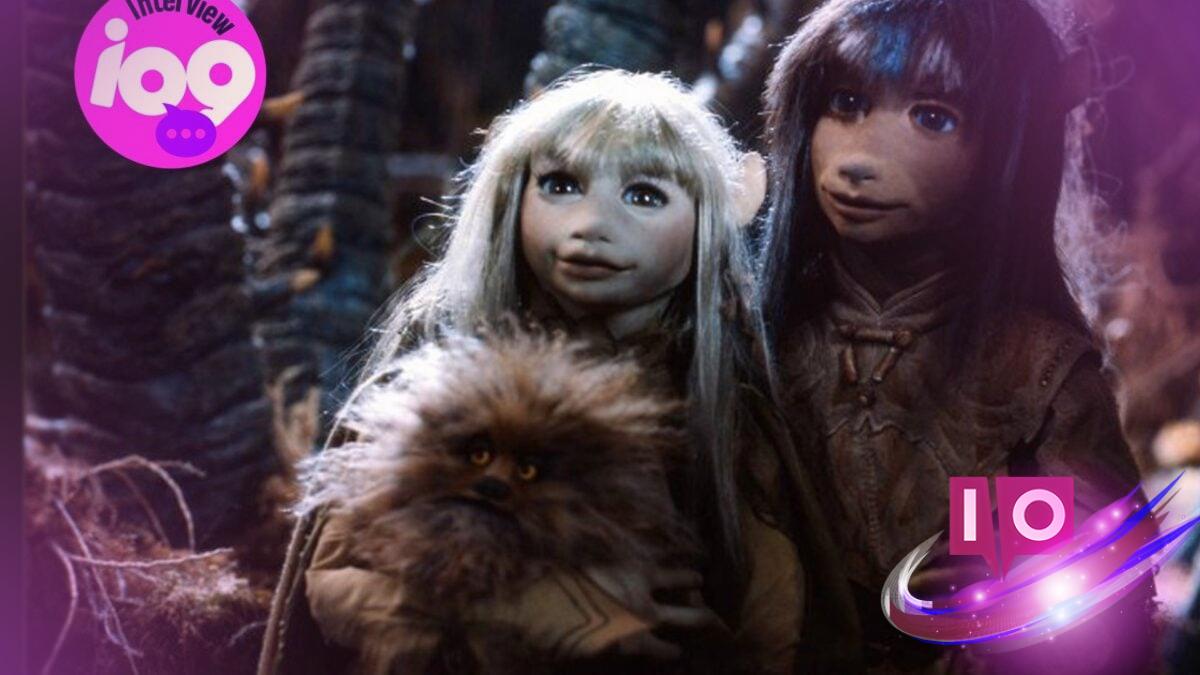Brian Henson, the son of the legendary Jim Henson, has an interesting story to tell about the cult classic The Dark Crystal. Although he wasn’t part of the production, his lifelong connection to his father’s work gives him unique insights into the film’s legacy. From directing films like Muppet Treasure Island and The Muppet Christmas Carol to producing shows like Farscape, Henson has taken up the mantle of creativity and storytelling his father established. Last week, we spoke with him about The Dark Crystal in anticipation of its exciting 4K screenings on October 12 and 13.
In our conversation, we explored topics ranging from memories of the film’s production to the advanced techniques that were groundbreaking for the time. So grab a glass of Essence, hug your favorite Gelfling, and dive into our exclusive chat with Brian Henson.
1. What Memorable Moments Does Brian Henson Recall From The Dark Crystal?
Despite being in boarding school during the making of The Dark Crystal, Brian Henson has vivid memories of his dad’s ambitious vision. “My dad was eager to see if he could craft an all-puppet fantasy film, creating every character and landscape,” he shares. This desire for complete creative control was a massive draw for Jim Henson.
2. The Impact of Character Design and Lore
Henson reveals that the duality of the Mystics and Skeksis really intrigues him. The idea of god-like beings divided into light and dark sides creates a compelling narrative that resonates even today. “This reflects real-world conflicts that people can relate to,” he adds.
3. How Did The Dark Crystal Push Filmmaking Boundaries?
The film stands out for its innovative use of animatronics, with complex mechanisms making the characters feel lifelike. Brian highlights specific scenes, like the chaotic banquet with the Skeksis, as particularly challenging yet rewarding. “It was about creating a different level of illusion,” he notes, mentioning how they strived to make the puppets less recognizable as mere puppets.
4. Is a Theatrical Sequel on the Horizon?
Fans have long speculated about direct sequels to The Dark Crystal. When asked about this, Brian hints at ongoing exploration in that universe: “While I can’t comment on specifics, creating within this galaxy is still a possibility, including films.”
5. How Does Age of Resistance Recontextualize the Original?
Brian believes that Age of Resistance adds depth to the original film’s storyline. “With ten hours to explore the lore, the show deepens our understanding of the Dark Crystal world,” he explains, praising how it merges classic and contemporary techniques.
Have you ever wondered how puppetry is evolving in modern films? Brian notes that many older techniques have fallen out of favor because newer methods achieve similar results more efficiently, allowing creative teams to push boundaries further.
What can viewers expect from experiencing The Dark Crystal on the big screen again? “The intricate details and narrative flow become much more immersive on a larger platform,” he emphasizes. The communal experience adds an extra layer to the storytelling.
What makes puppetry endure in a CGI-driven landscape? According to Brian, the tactile and human elements in puppetry resonate deeply. “Audiences crave genuine chemistry, an aspect that often lacks in films utilizing heavy CGI.”
As technology continues to advance, how is the legacy of puppetry maintained? Brian’s vision reflects a commitment to genuine artistry, emphasizing that even amidst digital innovation, there’s still a place for physical effects that enrich storytelling.
As you prepare to experience The Dark Crystal once more, reflect on its intricate artistry and how its storytelling has shaped fantasy filmmaking. For more in-depth discussions on films and creativity, make sure to check out Moyens I/O.
